39 b2+ molecular orbital diagram
Chem 2 Flashcards | Quizlet In these excited states, one electron of the neon atom is promoted from the $2p$ level to a higher energy orbital. An excited neon atom with a $1s^22s^22p^55s^1$ electron configuration can emit a photon with a wavelength of 3391 nm as it makes a transition to a lower energy state with a $1s^22s^22p^54p^1$ electron configuration. Other transitions are also possible. If an excited … Classzone.com has been retired - Houghton Mifflin Harcourt Connected Teaching and Learning. Connected Teaching and Learning from HMH brings together on-demand professional development, students' assessment data, and relevant practice and instruction.
ORBITALS and MOLECULAR REPRESENTATION In picture 1 we show the molecular orbital structure of F2. In picture 2 we show the overlapping p orbitals, which form the bond between the two fl uorine atoms, in red and green gradients. The dashed lines show the remaining p orbitals which do not take part in the bonding. σ z y x σ* x y z Construct the molecular orbital diagram for ...
B2+ molecular orbital diagram
Centaur (small Solar System body) - Wikipedia In planetary astronomy, a centaur is a small Solar System body with either a perihelion or a semi-major axis between those of the outer planets.Centaurs generally have unstable orbits because they cross or have crossed the orbits of one or more of the giant planets; almost all their orbits have dynamic lifetimes of only a few million years, but there is one known centaur, 514107 ... chemmy Flashcards - Quizlet The removal of copper from metallic ores has been a challenge since ancient times. Strong heating of copper(II) carbonate results in the formation of copper(II) oxide.Although the decomposition of copper(II) oxide into copper metal and oxygen gas is not thermodynamically favorable under standard conditions, it may be made favorable by adding carbon to the mixture.Why is the overall process ... CN- lewis structure, molecular orbital diagram, and, bond ... ⇒ A homo-nuclear diatomic molecular orbital in which the same atoms combine together. example- N2, O2, B2, etc. ⇒ A hetero-nuclear diatomic molecular orbital in which different atoms combine together. example- CN, HF, NO, etc. Clearly, Cyanide (CN) lies in a hetero-nuclear diatomic molecular orbital as it contains two different atoms. Also, using the …
B2+ molecular orbital diagram. Beta decay - Wikipedia Molecular band spectra showed that the nuclear spin of nitrogen-14 is 1 (i.e., equal to the reduced Planck constant) and more generally that the spin is integral for nuclei of even mass number and half-integral for nuclei of odd mass number. This was later explained by the proton-neutron model of the nucleus. Beta decay leaves the mass number unchanged, so the change … CN- lewis structure, molecular orbital diagram, and, bond ... ⇒ A homo-nuclear diatomic molecular orbital in which the same atoms combine together. example- N2, O2, B2, etc. ⇒ A hetero-nuclear diatomic molecular orbital in which different atoms combine together. example- CN, HF, NO, etc. Clearly, Cyanide (CN) lies in a hetero-nuclear diatomic molecular orbital as it contains two different atoms. Also, using the … chemmy Flashcards - Quizlet The removal of copper from metallic ores has been a challenge since ancient times. Strong heating of copper(II) carbonate results in the formation of copper(II) oxide.Although the decomposition of copper(II) oxide into copper metal and oxygen gas is not thermodynamically favorable under standard conditions, it may be made favorable by adding carbon to the mixture.Why is the overall process ... Centaur (small Solar System body) - Wikipedia In planetary astronomy, a centaur is a small Solar System body with either a perihelion or a semi-major axis between those of the outer planets.Centaurs generally have unstable orbits because they cross or have crossed the orbits of one or more of the giant planets; almost all their orbits have dynamic lifetimes of only a few million years, but there is one known centaur, 514107 ...

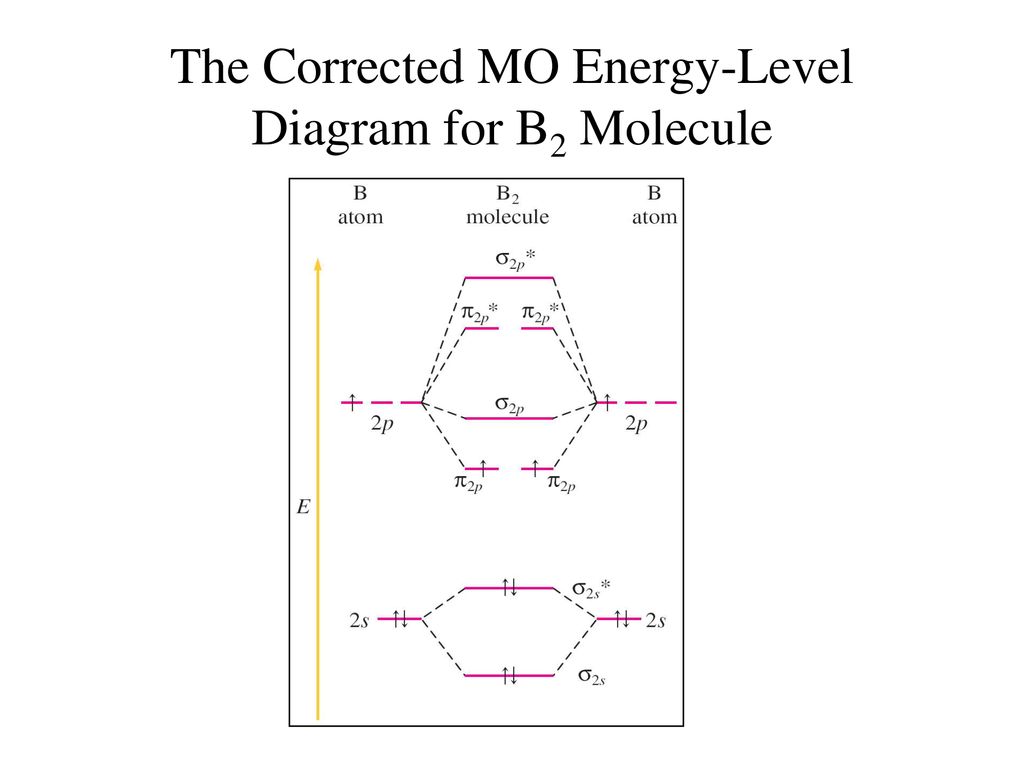
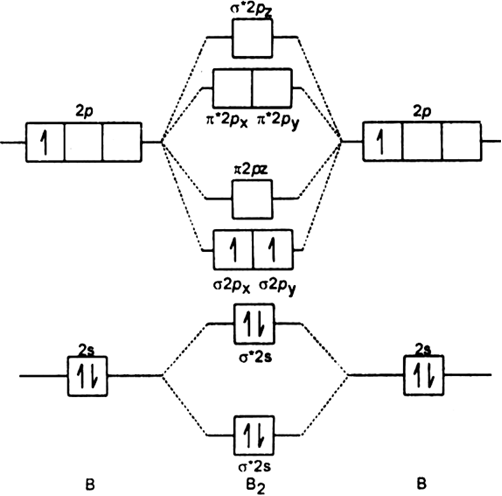

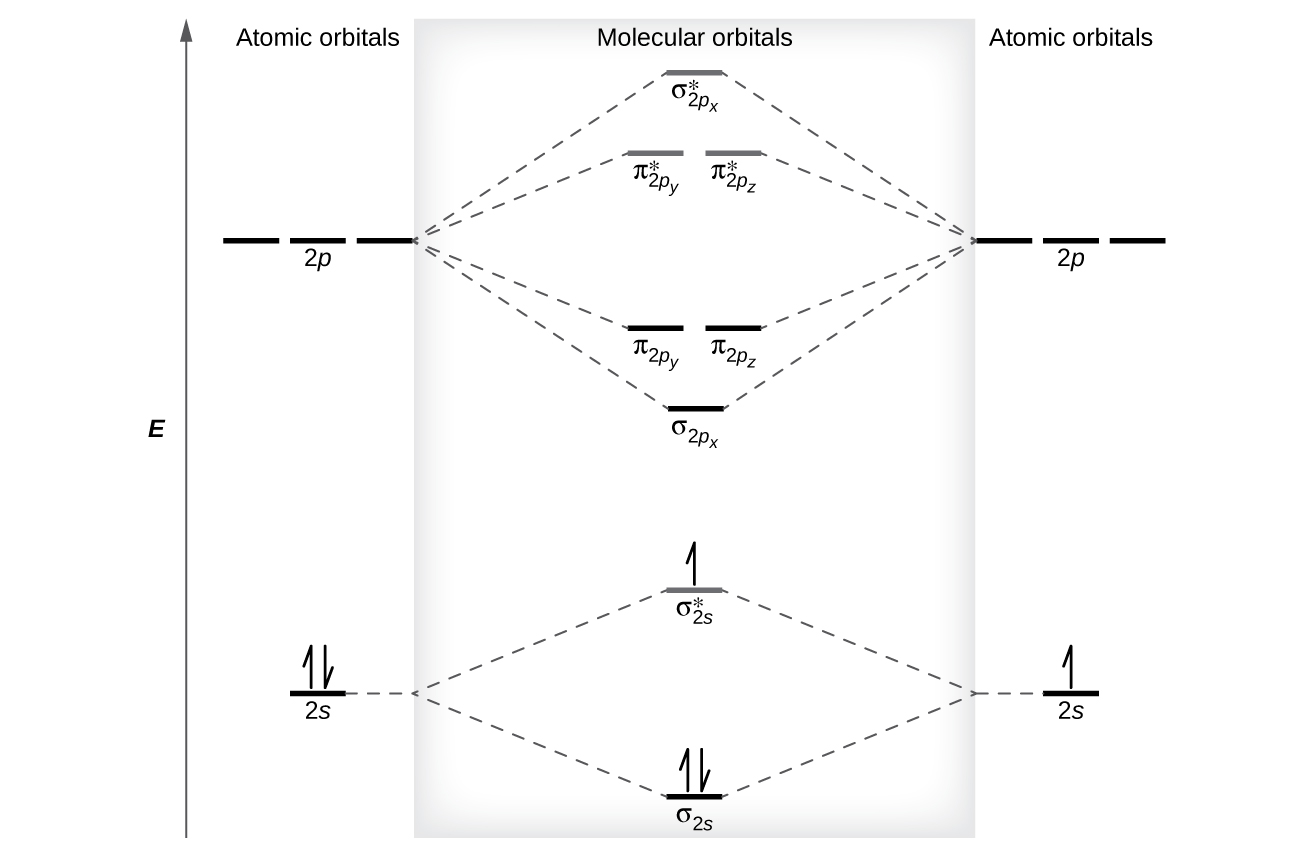
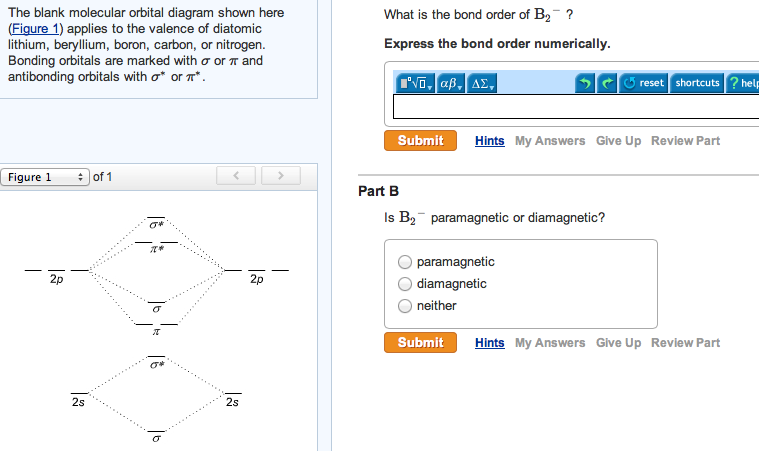


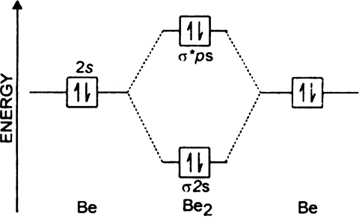




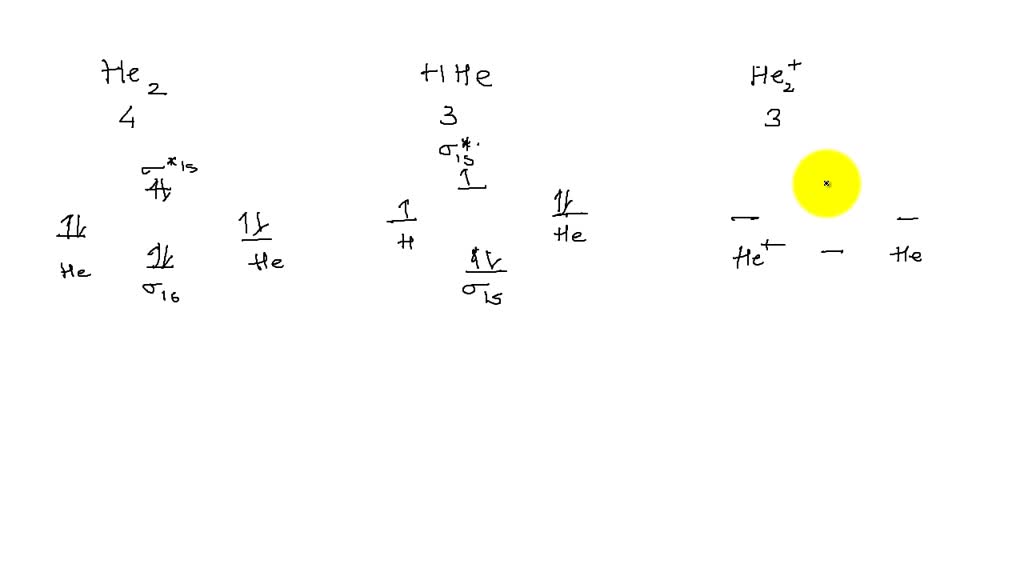
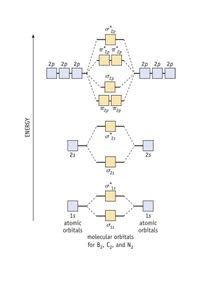
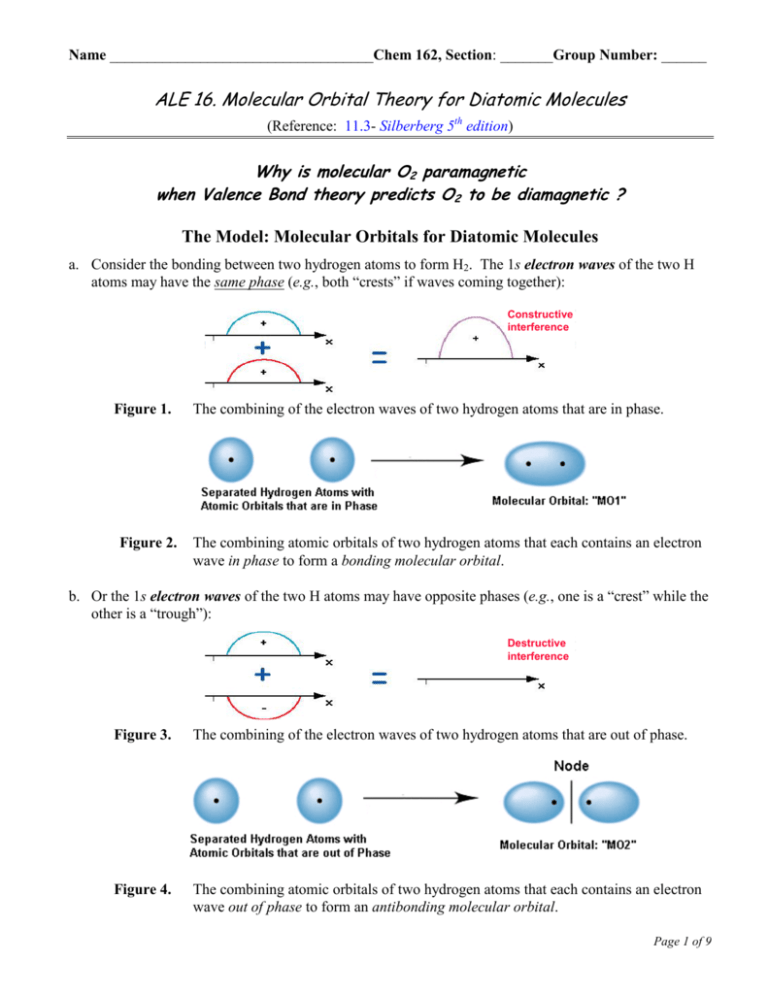

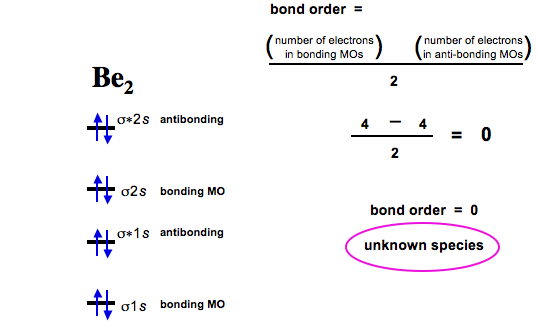
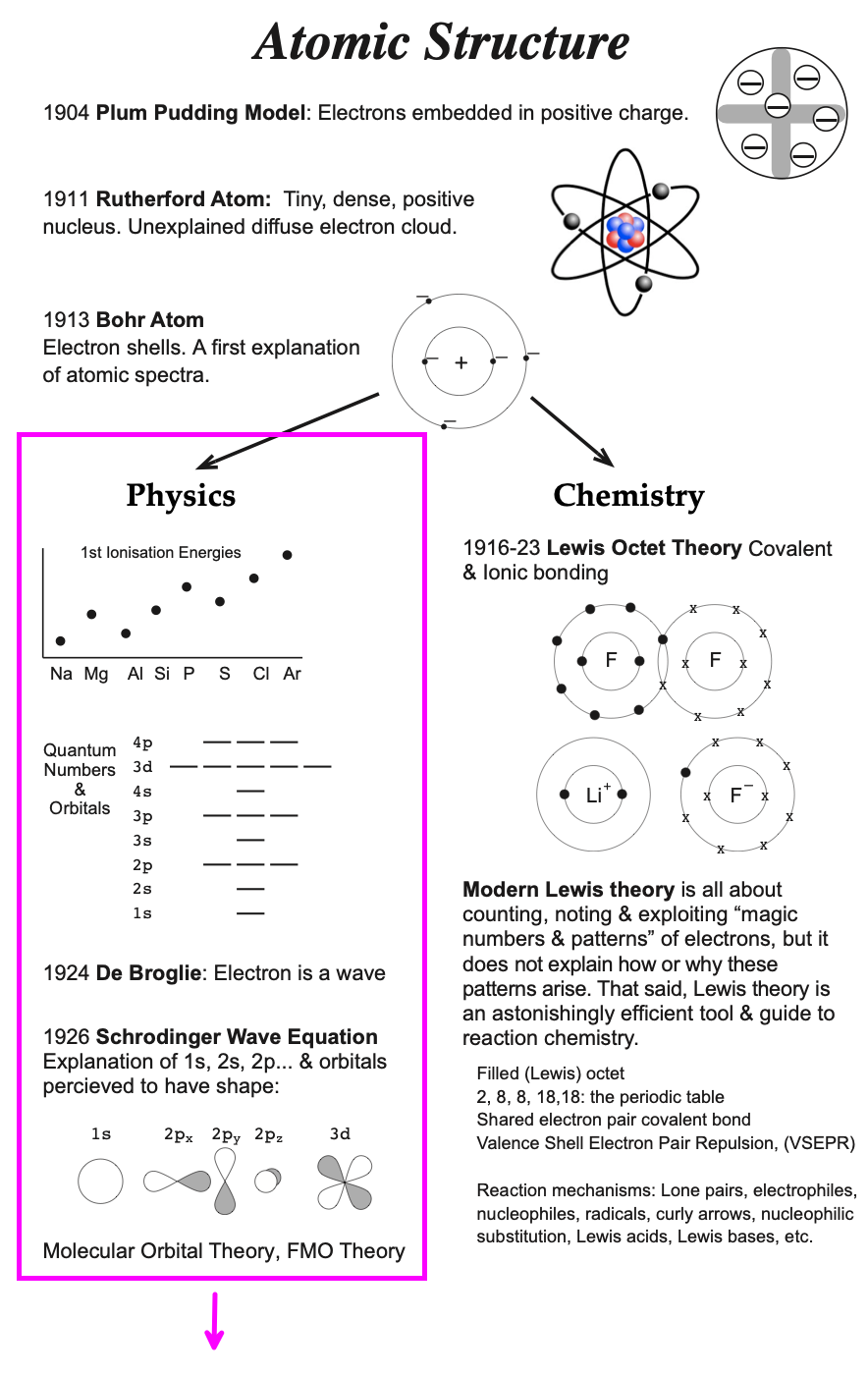

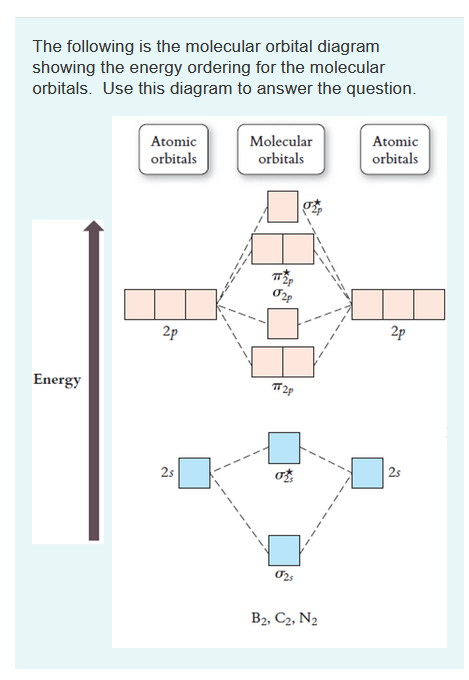


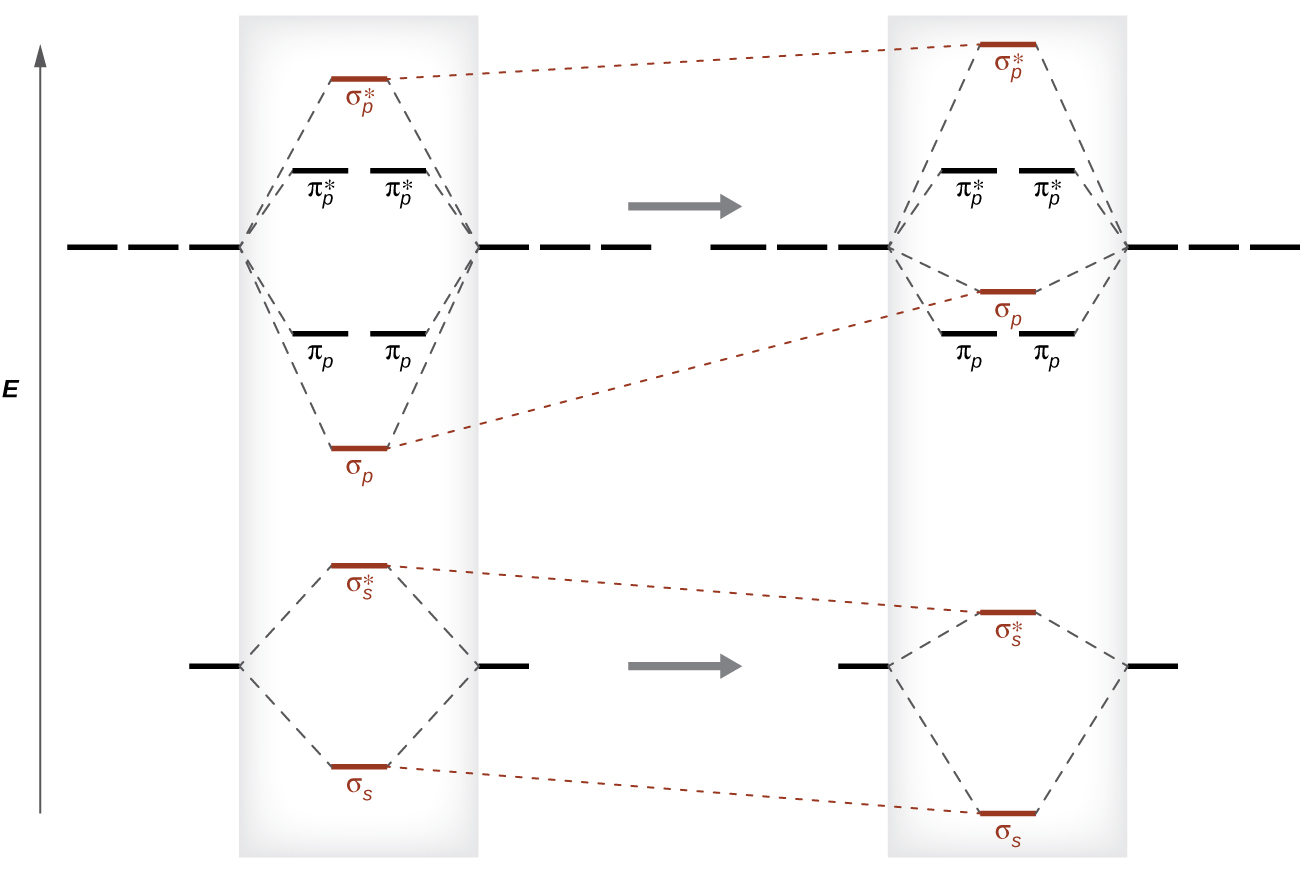


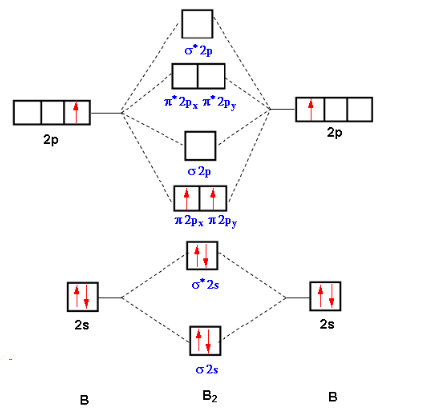
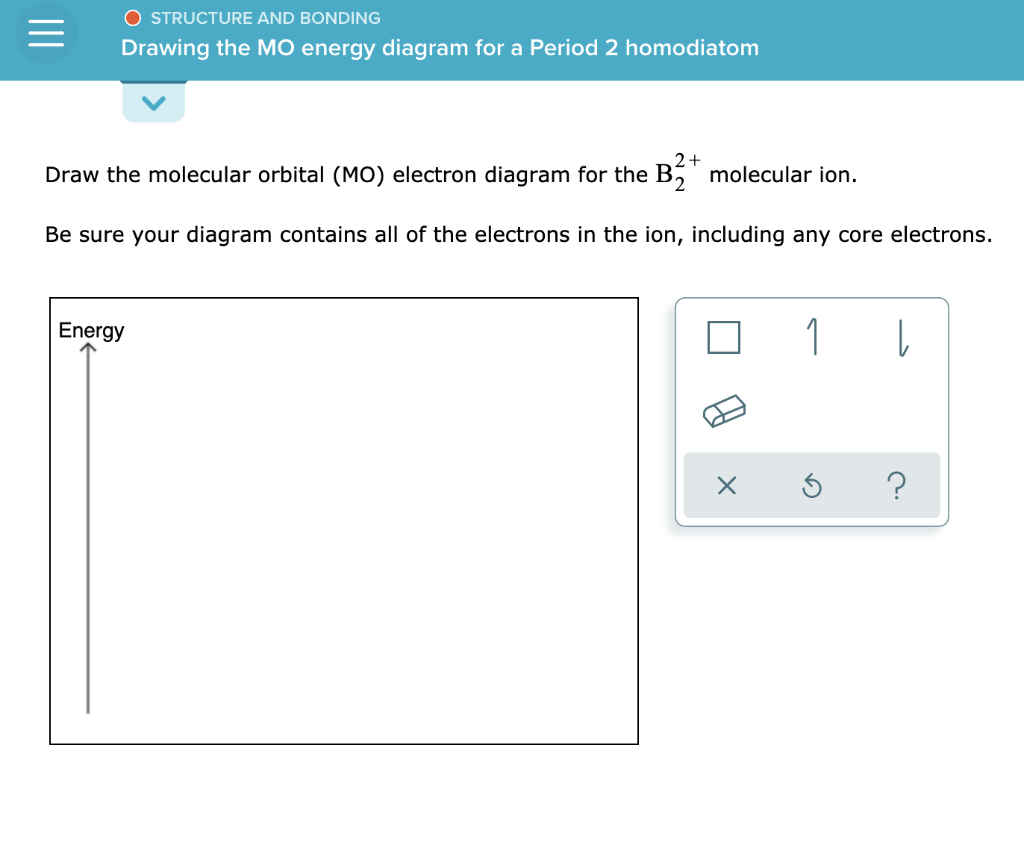
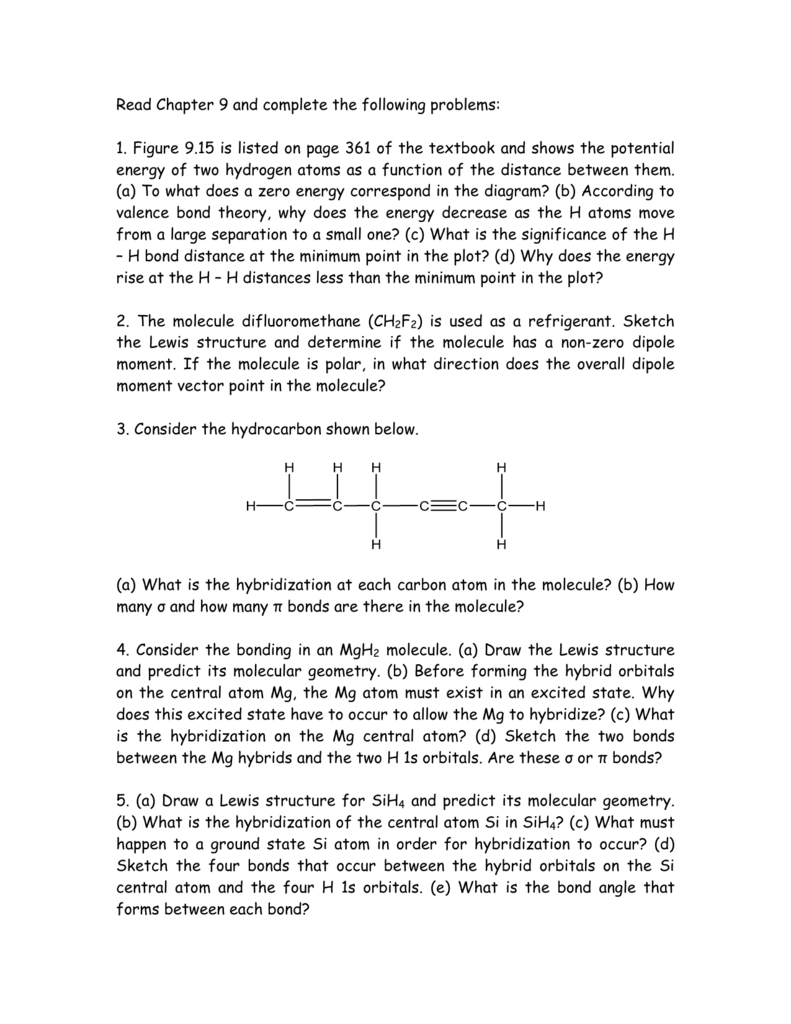
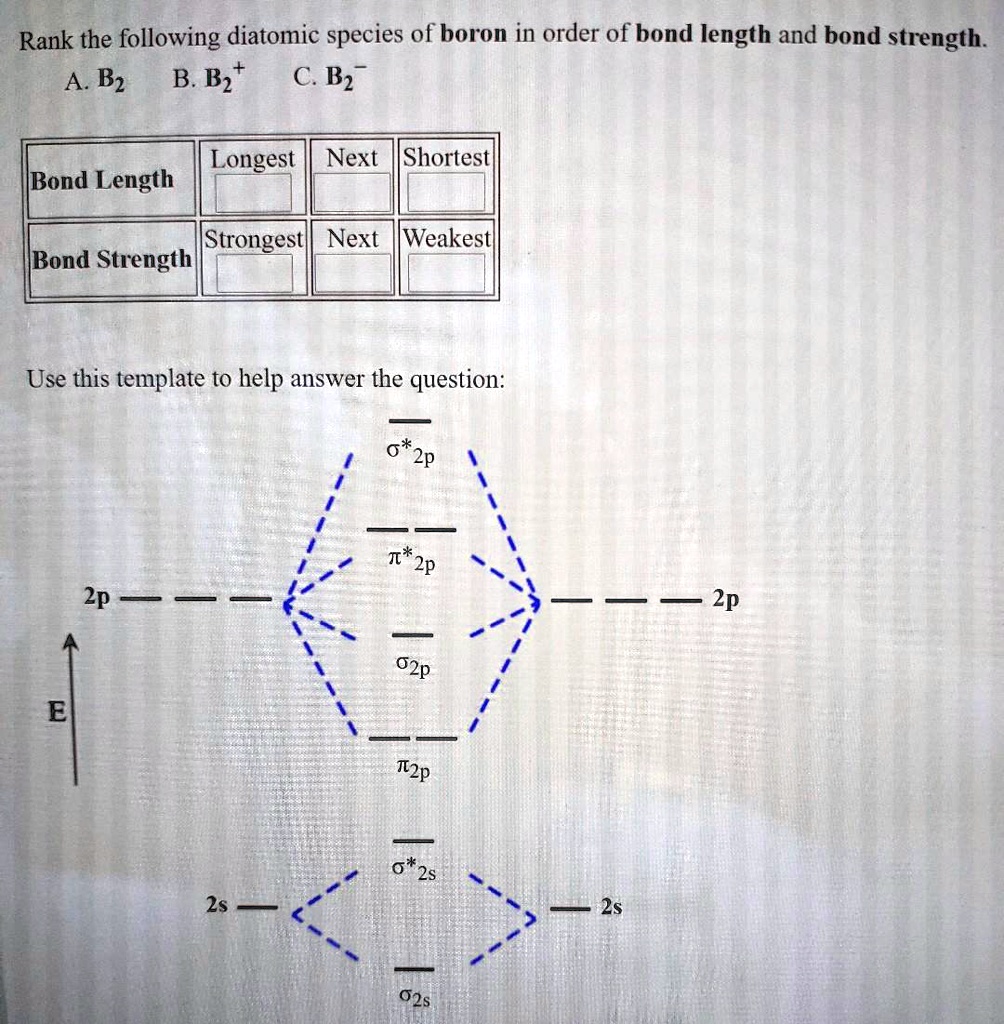
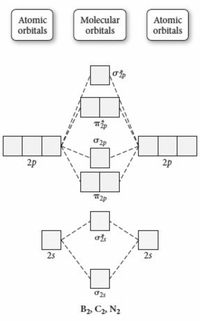

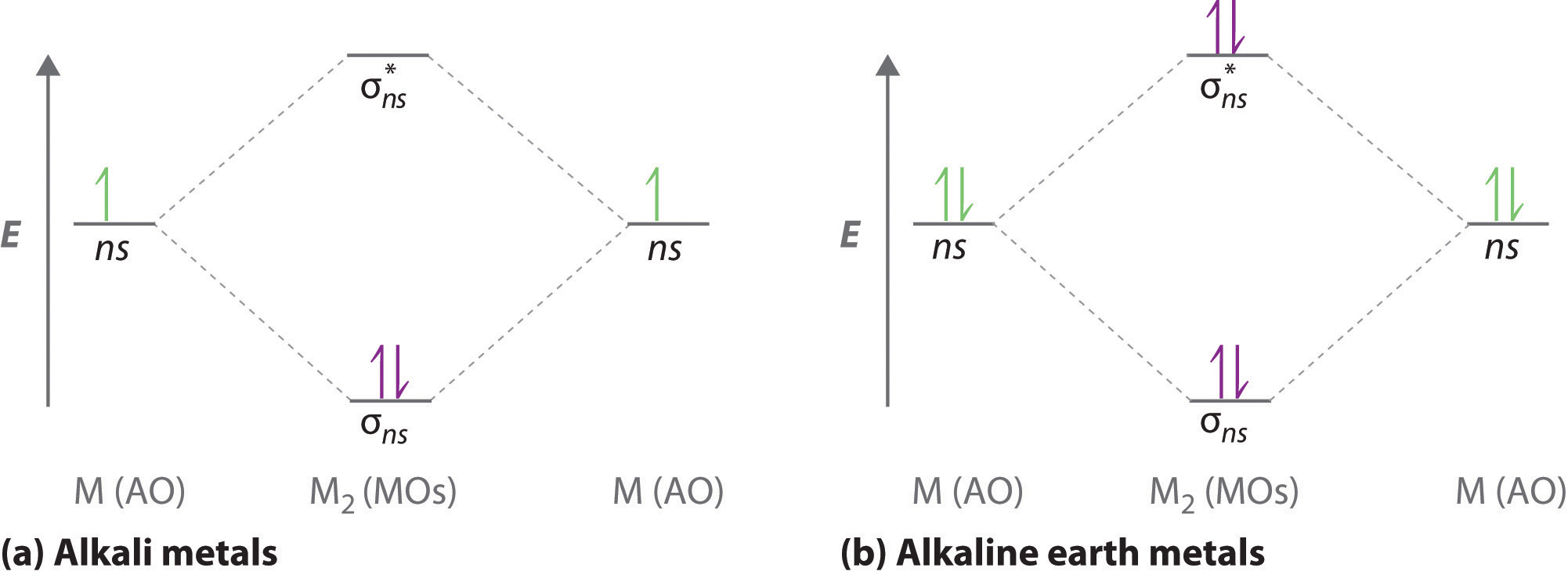
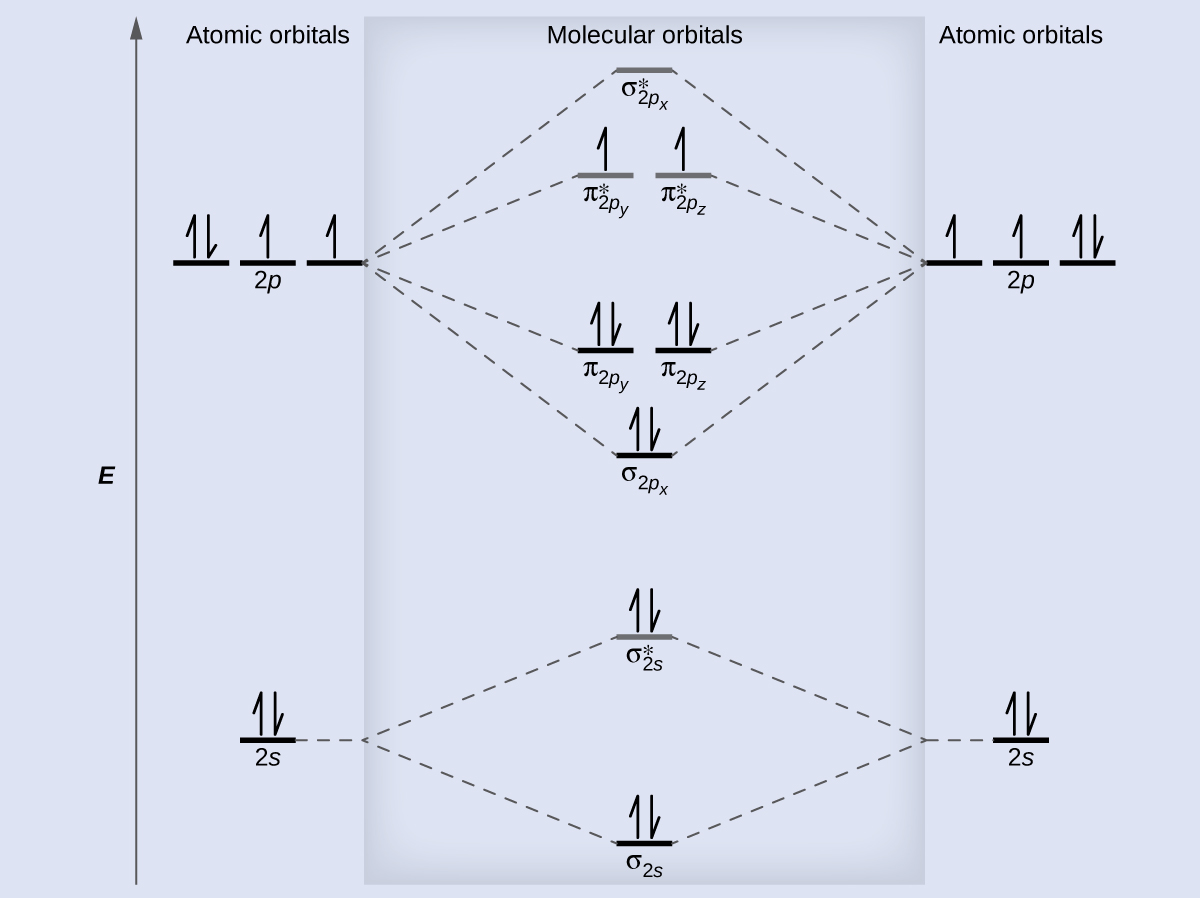

0 Response to "39 b2+ molecular orbital diagram"
Post a Comment